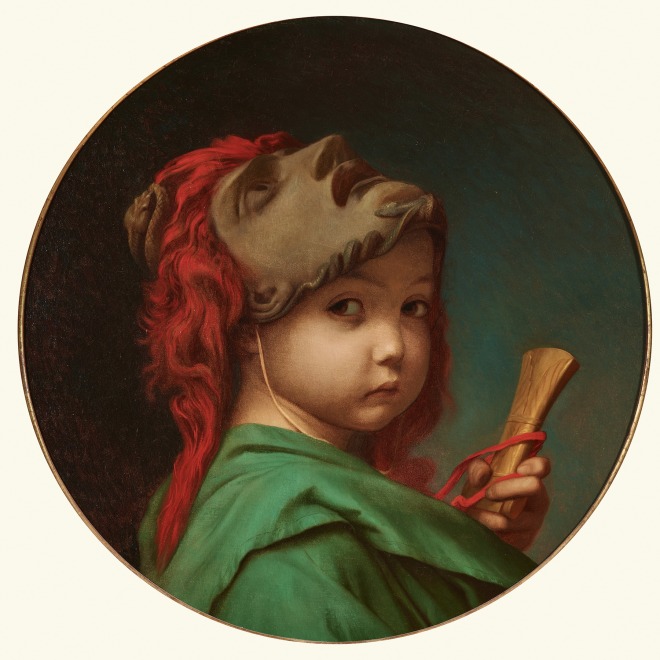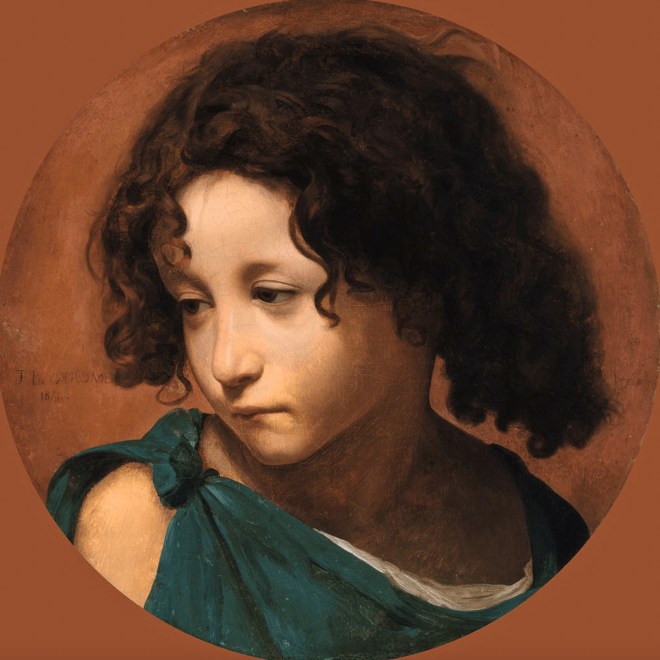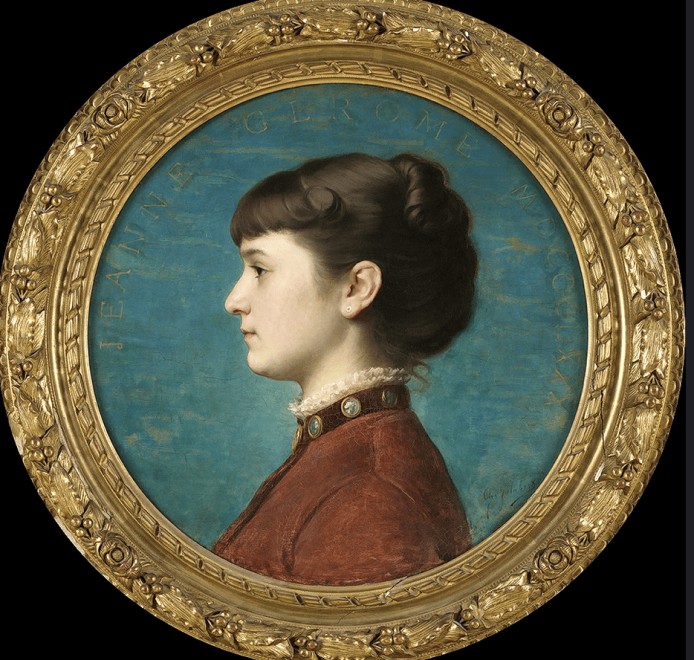Further images
-
View larger version of this thumbnail image.

-
View larger version of this thumbnail image.

-
View larger version of this thumbnail image.
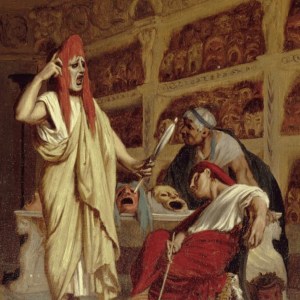
-
View larger version of this thumbnail image.

-
View larger version of this thumbnail image.
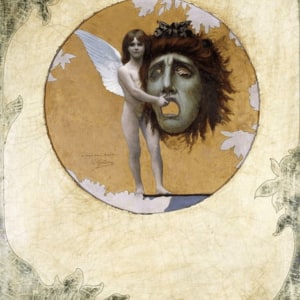
-
View larger version of this thumbnail image.
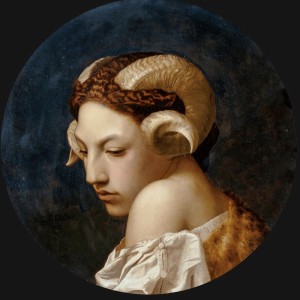
-
View larger version of this thumbnail image.

Provenance
Blanche Goupil, wife of Léon Cléry (1831-1904)[1]
Thence by descent to their son, Pierre Cléry
Thence by descent to his daughter Marcelle Cléry
Thence by descent to Françoise Bergeret, born De Tarde, her daughter
Shepherd Gallery, New York, 1997
Beaugard Gallery, Paris, 1998
Bogart, Barontini, Le Louarn, Paris, 1998
Galerie Martin du Louvre, Paris, 1998
Wendy Goldsmith Ltd., London
Private collection, California, USA, 2003 (acquired from the above)
[1] Blanche was Gérôme’s sister-in-law. In 1866 she married Léon Cléry, a lawyer. In 1863, Cléry was gifted a study for Le Marchand de masques also known as Les Comédiens, or Scène de théâtre by Gérôme (now at the Château de Compiègne, no. 141.2 Ackerman)
Exhibited
Washington, D.C., Royal Embassy of Saudi Arabia, 19th-century Orientalist Paintings from the Collection of Terence Garnett, 8 - 30 November 2007, no. 7
Los Angeles, The J. Paul Getty Museum, The Spectacular Art of Jean-Léon Gérôme (1824-1904), 15 June-12 September 2010, also Paris, Musée d'Orsay, 19 October 2010-23 January 2011, and Madrid, Museo Thyssen-Bornemisza, 1 March-22 May 2011, no. 31, p. 68 (ill. p. 69)
Literature
Gerald M. Ackerman, Jean-Léon Gérôme: Monographie révisée, Catalogue raisonné mis à jour, Paris, 2000, no. 9.6, p. 212, ill p. 213
Sotheby’s, 19th-century Orientalist Paintings from the Collection of Terence Garnett, London, 2007, p. 36, illustrated p. 37 (color)
Laurence Des Cars, Dominique de Font-Relaux, and Edouard Papet, eds., The Spectacular Art of Jean-Léon Gérôme (1824-1904), exh. cat., Milan, 2010, p. 68, illustrated p. 69 (color)
Catalogue note
Though best known as an Orientalist artist, Gérôme began his career as a leader of the Neo-Grecs, a group of young painters studying with Charles Gleyre (1808-1874) and Paul Delaroche (1797-1856). Inspired by Delaroche’s “new history paintings,” which integrated scenes of everyday life into traditionally didactic compositions, as well as by classical Greek art, the recent discoveries of frescoes at Pompeii and Herculaneum, and their own travels, the Neo-Grecs painted antique genre scenes that were often imbued with a touch of eroticism or humor. Such subjects were the perfect vehicle for the young Gérôme to display his love of drama, theater, gesture, and costume – elements which all appear in this engaging and enigmatic work.
The intimacy with which this child’s face is rendered suggests familiarity, though his identity and relationship to the artist remain unknown. Gérôme often asked close relatives to sit for him, and dedicated works to family and friends. To the lawyer Léon Cléry, husband of Gérôme’s sister-in-law Blanche, he gave a study for Le Marchand de masques (also known as Les Comédiens, or Scène de théâtre and now at the Château de Compiègne), representing actors in antiquity and replete with the kinds of masks seen here (figure 1). The present painting was also owned by Blanche, suggesting that they might, thematically at least, have been meant as a pair.
Another, smaller tondo featuring a child is also in evidence, and has been dated to 1844 (no. 9.5, Ackerman 2000; figure 2). Both children in these works are shown in three-quarters view, and the paintings have a similar light source and palette. They face away from each other and, when viewed together, resemble bookends that were conceived of at once. Visible brushstrokes in the lower left of the present tondo, however, indicate that it was left unfinished, while the other bears a “concluding” signature and inscription.
The meaning of the portrait mask in this work is another mystery yet to be solved. With its intertwined snakes forming a beard and an unruly shock of flame-red hair, the face provides a stark contrast to the child’s cherubic, if serious, countenance. The gravity of the little boy’s expression is unexpected, but entirely befitting his costume. This features a cloak and a dagger, which may both have been studio props.
Additional examples of tondos with masks exist in Gérôme’s oeuvre in the form of paintings and drawings (Cf. figure 3). A mask of Medusa is also known to have been displayed in his studio, along with others of a similar kind.
In 1853, Gérôme painted The Bacchante (Musée des Beaux-Arts, Nantes; figure 4) another tondo featuring an anonymous and unsmiling classical Greek figure. Here, however, the tondo format emphasizes the viewer’s voyeuristic vision of this imaginary creature, as well as the solitary, introspective nature of her situation and pose.
In 1880, Charles-François Jalabert (1819-1901) painted a tondo of similar size and with an identical frame (figure 5). Its subject was Jeanne Gérôme (1863-1914), the eldest daughter of Jalabert’s colleague and personal friend. This might suggest that both works were part of a group of family portraits meant for Gérôme’s home, but the probable early date of this tondo makes that highly unlikely. Perhaps Jalabert’s painting was to be hung in proximity to Gérôme’s classical subject, and was therefore designed as a match.
This note was written by Dr. Emily M. Weeks, author of the impending comprehensive revision of Gérôme’s catalogue raisonné.
Figure 1: Greek Comedians, oil sketch, 1863, oil on panel, 23 ½ x 17 inches (59.7 x 43.2 cm), Compiègne, Musée national du château.
Figure 2: Portrait of a Child, 1844, oil on canvas, tondo, 15 in. diam (38 cm), Private Collection.
Figure 3: A Putto Holding a Mask (Project for the Manufactory of Tapestries of Beauvais), ca. 1887, oil on canvas mounted into a board with circular opening and decorative paintings, 17 x 17 in. (43 x 43 cm); size of board 24 x 28 3/4 in. (61 x 72.5 cm), Private Collection.
Figure 4: Study of a woman's head, with horns (previously called La Bacchante), 1853, oil on canvas, tondo, 18 3/4 in. diameter (47.5 cm), Musée des Beaux-Arts, Nantes.
Figure 5: Charles-François Jalabert, Portrait of Jeanne Gérôme, 1880, oil on canvas.

